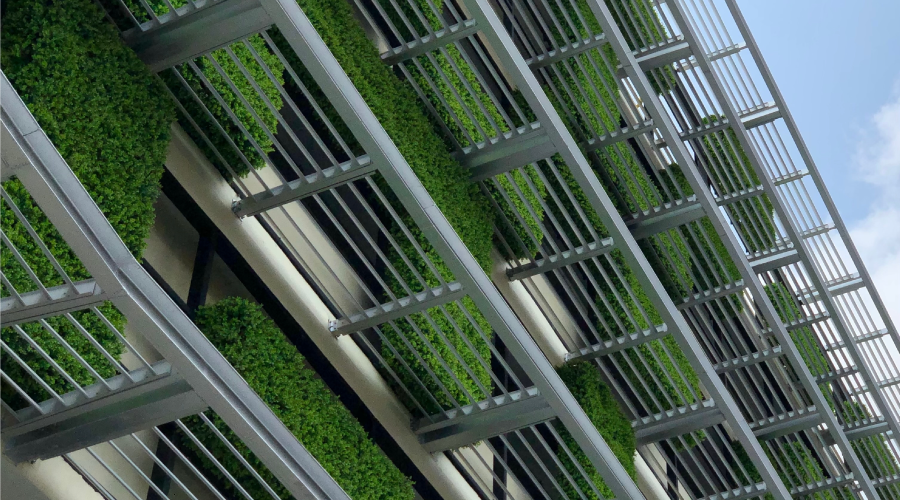Types of Equipment That Should Be Included in Retrocommissioning
What types of equipment should be included in retrocommissioning? What are some things to be sure to look for in each building system that may have fallen out of spec?
The appropriate scope for retrocommissioning in a given building is dependent on the type, quantity, and complexity of the equipment as well as the building’s usage type (e.g. school, hospital, manufacturing, laboratory, data center).
Be sure to include equipment which is energy intensive (high hours of operation and/or capacity). Consult maintenance staff for identifying “problem areas” and equipment with known operational problems.
A sampling of equipment testing should be considered for buildings with large quantities of identical equipment serving identical loads (e.g. VAV boxes in an office building).
Typically, the following types of equipment are included in retrocommissioning:
• HVAC (rooftop units, air handlers, and a sample of terminal devices)
• Central Plant (boilers, chillers, and associated pumping systems)
• Lighting Controls (occupancy sensors, daylight dimming, photocells for site lighting)
• Building Envelope (for identification of air/water leaks)
Some of the most common RCx opportunities involve adjustment of setpoints and equipment schedules, and identifying and replacing failed sensors (particularly global sensors, CO2 and relative humidity). Standards for space temperature setpoints should be re-evaluated and sensor calibrations (temperature, humidity, CO2, air/water flow) should be checked, especially for global sensors which have significant potential to have a large sphere of influence on building energy consumption.
Simultaneous heating and cooling is a tremendous waste of energy and it can manifest itself in multiple forms (e.g. adjacent VAV boxes “fighting”, leaking hot water/chilled water/steam valves, VAV boxes reheating at other than minimum flow, terminal devices “fighting” with baseboard heat).
Many spaces are over-ventilated, either due to an overly conservative design or due to changes in space usage. Current ventilation requirements should be determined and adjustments to outside air damper positions should be made. Consider adding CO2 ventilation control to spaces with sporadic use which have dedicated HVAC equipment.
Secondary and tertiary pumping systems are often over-pumping, even if they have variable frequency drives (VFD’s). Differential pressure settings can be overly conservative and/or the differential pressure sensor may be located in the wrong place.
Answers provided by Paul Banks, Principal, B2Q Associates, Inc.
Related Topics:














